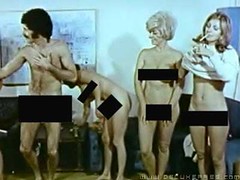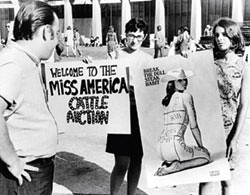
From Waloli, our reporter in Tokyo
Waloli: Today marks the 50th anniversary of the first American over-the-counter publication of Russian-born author Nabokov‘s Lolita. When Nabokov’s “dirty book” hit the streets of the USA, it sold 100,000 copies in three weeks, an immediate success that would allow the 60-year-old scholar and novelist the freedom to resign from teaching.
Pretty much everything about that book has been said, but I think many of you have not seen this interview conducted by Pierre Berton and Lionel Trilling for the Canadian Broadcasting Corporation now at YouTube[1][2].
The interview was filmed on November 26, 1958 at The Rockefeller Center studios in New York City. It was Nabokov’s first television interview. The subject was Lolita, covering some of the questions addressed in Nabokov’s 1958 afterword. Most answers were read from index cards.
Pierre Berton:
- “Let´s get out the more specific point: Why did you choose this rather odd, and, something that has never been done before, this curious and debased love?”
Nabokov:
- “Well, on the whole, it flooded me all kinds of interesting possibilities I am not so much interested in the philosophy of the book, as I am in weaving the thing in a certain way, in those intergradation and interweavings of certain themes and subthemes, for instance the systematic line of Mr. Quilty, whom Humbert will kill, does kill …”
The Lolita or nymphet trope has since entered popular consciousness and never left it, especially in Japan, where it evolved into the Gothic Lolita. Most recently British art critic James Putnam curated “Viva Lolita” which featured work from Turkish artist Nazif Topçuoğlu [3]. Here[4] are three of Topçuoğlu’s photos at Wurzelstock[5].
The Lolita trope, in all its manifestations, from Balthus to Trevor Brown, is IoEA #32.
Thank you Waloli, back to the studio.












